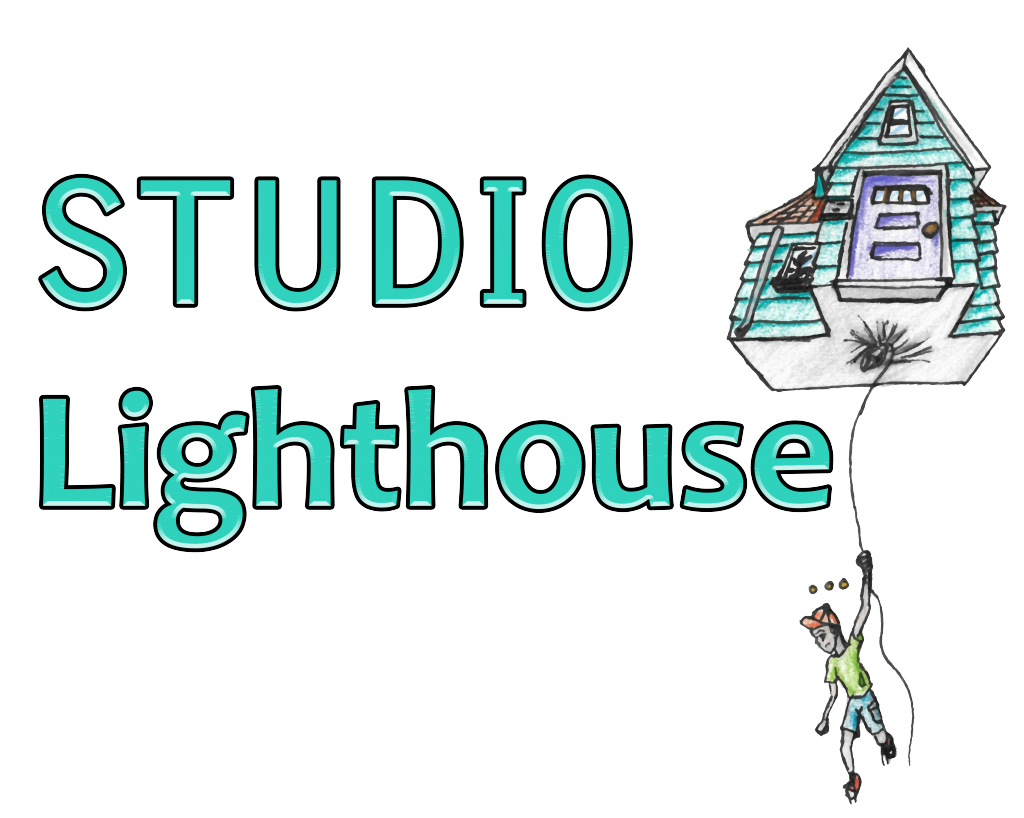Studio Lighthouse Dev Report 5/4/2019

The final section of our project before we present during finals week can be described by the game development terms of juice, oil, and windex. The idea here is that juice adds all the extra stuff to your game that makes users more immersed and entertained by the game. This can take the form of colors, environments, audio, and special mechanics. Oil is the process of making the game run more smoothly. Essentially it can be simplified to fixing bugs and system processing to ensure the players and users have a smooth and painless experience with the game. Windex is the idea of making the game state as clear as possible. This means we make our mechanics, gameplay, and UI easy to understand. While these terms are relatively well accepted they are vague until specifically connected to the individual game states we are describing. With that lets discuss some specifics.
The biggest thing we wanted to finish is the environment of the game. We intentionally focused on the mechanics and actual game board, but now it is time to create the extended environment our players will encounter. This type of juice we were adding to the game is essential for VR games. With just a sky box and something to interact with the player lacks the immersive experience we want them to have. So we need to make the child’s room to fit the theme of our game concept. This poses other challenges.
When making a room in VR there are things that need to be built in to ensure that a player does not feel trapped in a box without windows, walls, or other things they might expect in a room. With technology we need to consider the underlying psychology that players occasionally experience when immersing themselves into a game directly as both the player and the character. So we made the room as realistic as possible and then populate it with a child’s paraphernalia. In other words, more juice!
We also fully set up our Sound Manager with all the audio we needed to further expand the content of our game. We then test the audio repeatedly to adjust volumes and frequency. As we reviewed the gameplay with the audio we adjusted until it fit just right. Some SFX we kept and some we did not. One of the biggest issues was that our music volume was incredibly loud. We also had a weird audio layering happening where one audio file would constantly be called and played repeatedly over and over again causing an annoying buzzing sound.
We integrated our final major feature of the game, the catapult. It has a tower and functions within the scene. We had to adjust it’s orientation to point towards the enemies instead of the castle. We also had to change the targeting system to give users a better feedforward system. We then had to fix a small tagging issue that prevented the catapult for exploding enemies on impact.
We had a node visuals update that expanded the development cycle slightly as we tried to make a more integrated environment. This meant we changed the art style of our teleportation and tower placement nodes. They now fit the fantasy theme through the design and particles used. On the topic of the towers we made a respawn system that brought the towers back after they were thrown, dropped, or placed.
We also shift the UI from floating in the air (unrealistically) to a chalkboard by the game board. This is further a part of the windex method which claims that the clearer and more understandable you make things for the players the better the game will be. One of our challenges will always be immersion, and floating text is generally one of the obvious differences between the real world and the digital world so we decided to fix this.
We also continued general bug fixing and post processing all for the final presentation.